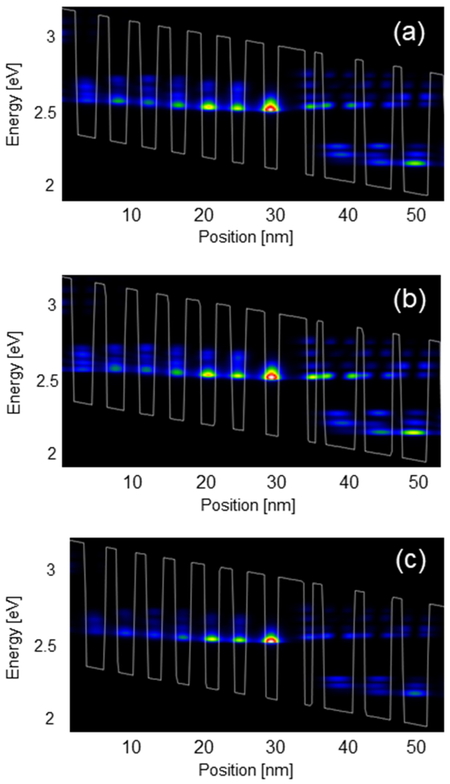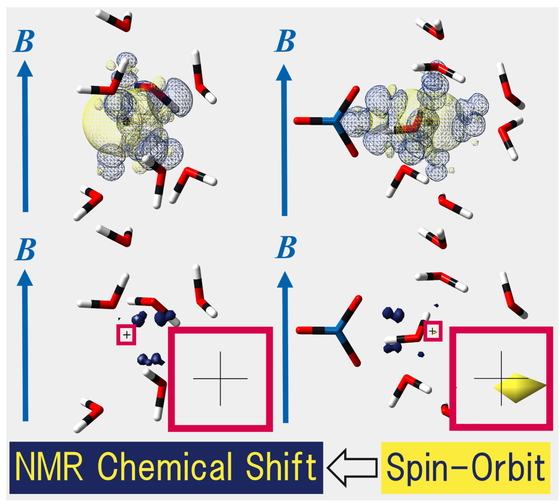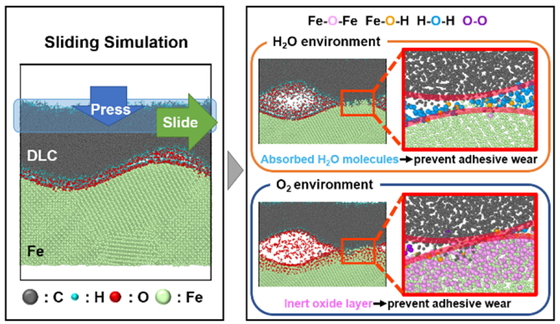Volume 8
Displaying 1-6 of 6 articles from this issue
- |<
- <
- 1
- >
- >|
Foreword
-
2022 Volume 8 Article ID: Foreword_8
Published: 2022
Released on J-STAGE: December 22, 2022
Download PDF (404K) Full view HTML
-
2022 Volume 8 Article ID: 2021-0029
Published: 2022
Released on J-STAGE: December 08, 2022
Download PDF (678K) Full view HTML -
2022 Volume 8 Article ID: 2021-0024
Published: 2022
Released on J-STAGE: February 19, 2022
Download PDF (3158K) Full view HTML -
2022 Volume 8 Article ID: 2021-0048
Published: 2022
Released on J-STAGE: April 22, 2022
Download PDF (1889K) Full view HTML -
2022 Volume 8 Article ID: 2022-0009
Published: 2022
Released on J-STAGE: September 23, 2022
Download PDF (3029K) Full view HTML -
2022 Volume 8 Article ID: 2021-0050
Published: 2022
Released on J-STAGE: December 22, 2022
Download PDF (2392K) Full view HTML
- |<
- <
- 1
- >
- >|





